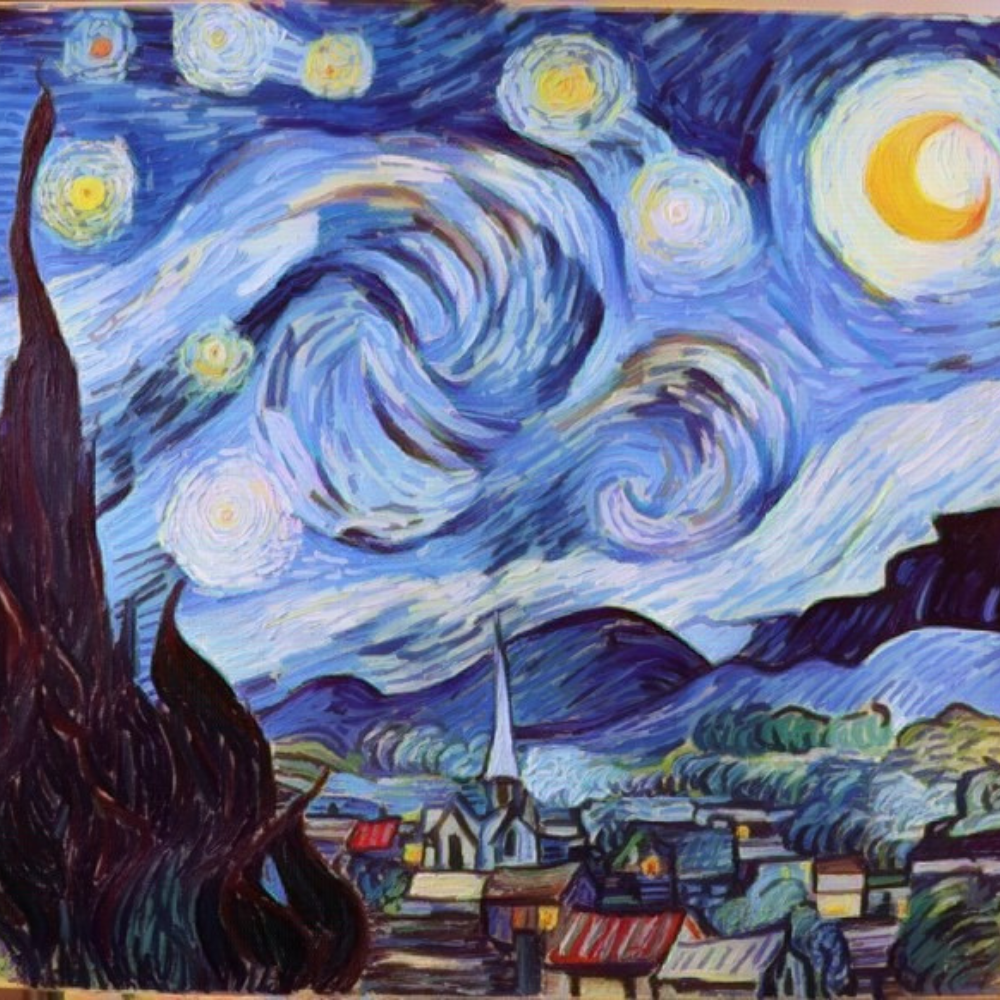Fine Art: Simple Steps to Capturing Light in Acrylic Painting

Understanding what light is in relation to painting
In its simplest form, light is a source of energy that produces visible radiation. This energy can be used to create various effects in paintings, depending on how it is harnessed and manipulated.
Experiment with different ways of capturing light in your paintings.
There are many ways to capture light in acrylic paintings. Some common techniques include using light-reflective pigments, creating gradients of light and shadow, and painting with light-colored tones.
The best way to capture light is by showing its opposite in the same frame; dark.
You can't have light without dark. Many times beginners make the mistake of painting everything too light and not showing the dark, but for the light to appears, you have to use dark so the light can really be seen.
Look at the different ways artists have captured light in their paintings throughout history
Painting has a long tradition of playing with light, as both a subject and a tool, to create certain effects and emotions. Every brush stroke is applied with the source of light in mind. The light determines the colors, the shading and creates forms.
Some of the most famous paintings that have captured light in a beautiful way include:
The Starry Night by Vincent van Gogh
The Hay Wagon by Andrew Wyeth
Nighthawks by Edward Hopper
Sunflowers by Claude Monet
These are just a few examples of how light can be captured in paintings

Capturing light in acrylic painting step-by-step
Highlight the center of interest against a darker background, the edges marks the transitions between colors. Make sure to focus and paint these transitions correctly, slight changes in colors maximize the effect.
Capturing Shadow
When we say shadows, most of us may think of black color, however this isn’t the case. When choosing colors to paint shadow, the complementary color to the object will depict the most realistic shadow. Usually dark greens, purples and blues are the best, so whichever one complements the subject at hand should be used.
If you think that a shade of black will work best, make sure it is a mixed chromatic black rather than true black, as this will provide more depth and realism.
Using light to create mood and atmosphere
Mood is the atmosphere in a painting, or the feeling expressed. Tone refers to the lightness or darkness of colors used, which can help to create a sense of depth or distance in art. Artists use light and dark colors to convey a mood or an emotion.
Some colors naturally create certain moods. For example, blue often communicates a sense of peace or calmness, while red may be used to depict anger or danger.
When it comes to light, we often associate warm colors with happiness and cold colors with sadness. This is because warm colors are associated with the sun and summertime, while cold colors are often linked to winter and darkness.
So, is the art tranquil, or is it dark and disturbing? The tones can perfectly tell.
As the old saying goes, "Speak Your Mind", we can say in this case:
Paint Your Mind!

D'Artisan Shoppe Professional Oil Paint Brushes 15 pc
4 natural hog hair bristle brushes and 11 synthetic bristle brushes
